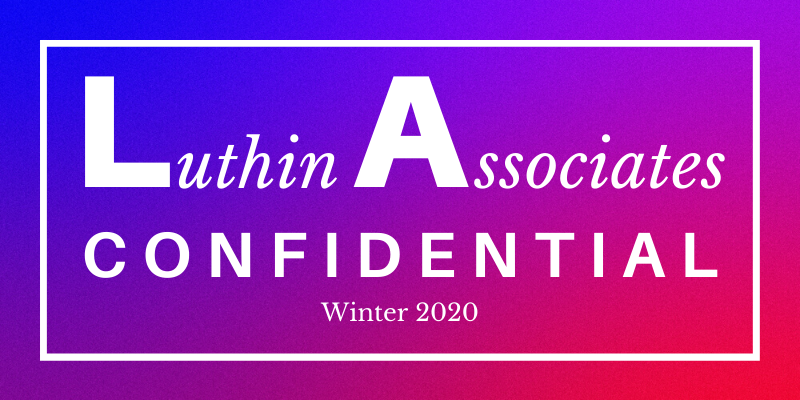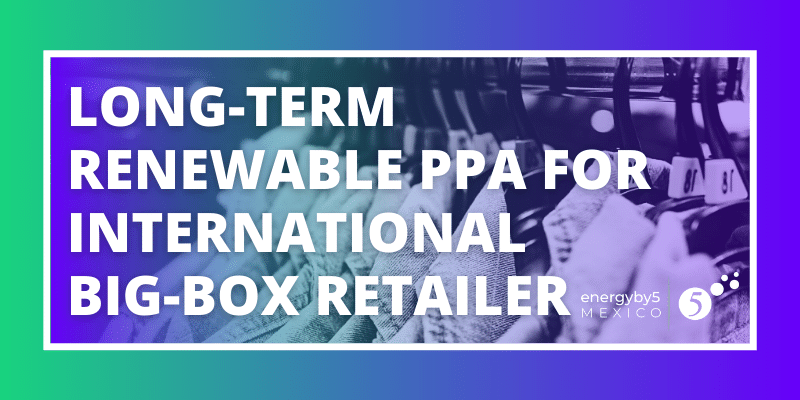Southwestern Baptist Theological Seminary in Fort Worth, Texas, is one of the largest seminaries in the world. It was founded in 1908 in Waco, Texas, and moved to Fort Worth in 1910. The Seminary is a non-profit institution that is an entity of the Southern Baptist Convention. Today, the Seminary educates over 3,000 students from across the United States and 45 countries throughout the world, offering bachelor, master, and doctoral degrees in a variety of biblical, theological, and pastoral disciplines.
1 min read
Client Spotlight: Southwestern Baptist Theological Seminary
By 5 on August 27, 2020
Topics: Clients Procurement Resiliency
1 min read
Spotlight – Construction Services Improves Profitability for Restaurant Chain
By 5 on May 5, 2020
After an exhaustive review process, one of the nation’s fastest-growing quick-serve restaurant chains selected 5 to serve as their comprehensive advisor for everything energy-related. In addition to 5’s initial analysis of usage data and subsequent electricity procurement process, the client also voiced concerns related to their new construction utility process and the financial impact of delayed store openings.
Topics: Clients Case Studies Procurement Resiliency
1 min read
Spotlight - Whole Health Energy Plan Implemented for Major NYC Medical Center
By 5 on March 31, 2020
In late 2018, a world-class academic medical center in NYC engaged Luthin Associates, 5’s regional brand in the tri-state area, to process Gross Receipts Tax (GRT) refunds. This hospital group has already come to expect excellence when working with our team through various programs and projects that we were doing on an ala carte basis. After only a few years of the GRT program, the hospital system had already realized over $700,000 in refunds.
Topics: Clients Case Studies Procurement Sustainability Resiliency
3 min read
Capacity is Up and Power is Down
By 5 on March 19, 2020
Over the past month, there have been a few regulatory developments that will affect generators, their amount of generating capacity and the cost of that capacity throughout New York State. Recently, the Federal Energy Regulatory Commission (FERC) issued several rulings related to the ways subsidized renewable generating assets will be able to participate in future NYISO capacity auctions. These rulings place limits on the way generation from subsidized assets, such as wind farms, solar arrays and battery storage resources, can take part in New York’s capacity auction process. Furthermore, New York State placed additional emissions restrictions on natural gas and oil-fired assets that run during periods of peak electricity demand on the grid.
Topics: Markets NYISO Resiliency
3 min read
Be Vewy Vewy Quiet. I'm Hunting Carbon
By Luthin Associates on January 15, 2020
The biggest issue confronting the energy industry in New York today is decarbonization. That is, how to reliably meet the energy needs of the state’s residents and businesses while drastically reducing and eventually eliminating altogether greenhouse gas emissions - and do it without breaking the bank. The challenge is especially – well, challenging – for the electricity sector. Under the Climate Leadership and Community Protection Act (CLCPA), enacted into law this summer, all the electricity needs of New York are to be met by carbon-free resources no later than 2040.
Topics: Newsletters Resiliency
2 min read
Client Spotlight: Sustainable Development Capital LLP
By 5 on September 19, 2019
Sustainable Development Capital LLP (SDCL) is an international advisory and investment firm that promotes and supports the investment and development of clean energy and energy efficiency projects around the world. With offices in the UK, Ireland, Singapore and New York, SDCL funds energy efficiency projects that reduce both operating costs and carbon emissions. SDCL invests in projects that improve building operations, deliver better energy solutions and increase property asset values.
Topics: Clients Demand Response Resiliency
3 min read
Will Power Storage Incentives Be the Key to Expanding Renewables?
By Luthin Associates on June 27, 2019
As battery power storage pricing drops, new installation goals and incentive programs are emerging. New York State is pushing for 1.5 gigawatts (GW = 1000 MW) of storage capacity by 2025, and 3 GW by 2030. Utility level and behind-the-meter (BTM) projects promoted through equipment rebates and power price adjustments under the Value of Distributed Energy Resources (VDER) process. The Federal Energy Regulatory Commission’s (FERC’s) Order 841 offers access to wholesale power markets by mandating Independent System Operators (ISOs) create rules for entry and valuing of power storage capacity.
Topics: Newsletters Resiliency
1 min read
Spotlight – Long-Term Renewable PPA for International Big-Box Retailer
By 5 on May 24, 2019
A big-box retailer in Mexico with more than 400 locations was evaluating purchasing options without a centralized strategy or decision-maker for a large electricity load, more than 600,000 MWhs per year. Their inefficiency and confusion, coupled with their inexperience about the regulatory market framework, led the company’s CFO to engage 5 to advise the client through their procurement process.
Topics: Clients Case Studies Sustainability Renewables Resiliency
1 min read
Spotlight - Major NYC Hospital Commissions Combined Heat & Power Study
By 5 on February 14, 2019
One of NYC’s largest and most renowned hospital systems was considering a Combined Heat and Power (CHP) plant to increase reliability and safeguard against rising electric costs. 5 was hired to conduct a feasibility study to determine the economic viability of a co-generation system for the hospital’s main facility. Hospitals and healthcare systems are often ideal candidates for CHP systems because of their continued demand for both heat and electricity.
Topics: Clients Procurement Resiliency
2 min read
Han Solo's Engine Room May Be Changing
By Luthin Associates on January 4, 2019
Combined Heat and Power (CHP), also called “cogeneration”, has been around for more than a century. In parts of Europe and Russia, many central power plants produce both electricity and heat for nearby factories, office buildings, and apartment complexes. One of the first CHP systems installed in New York City was in 1929 in the New Yorker Hotel on 8th Avenue. In the last 20 years, more than a hundred systems have been installed around the City.











